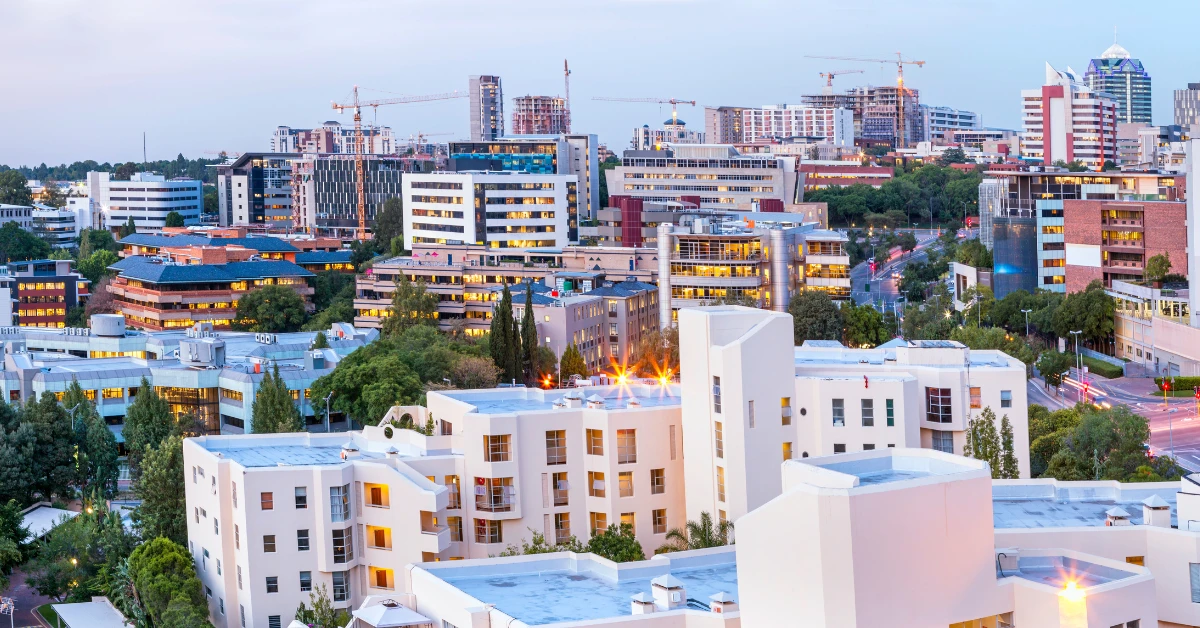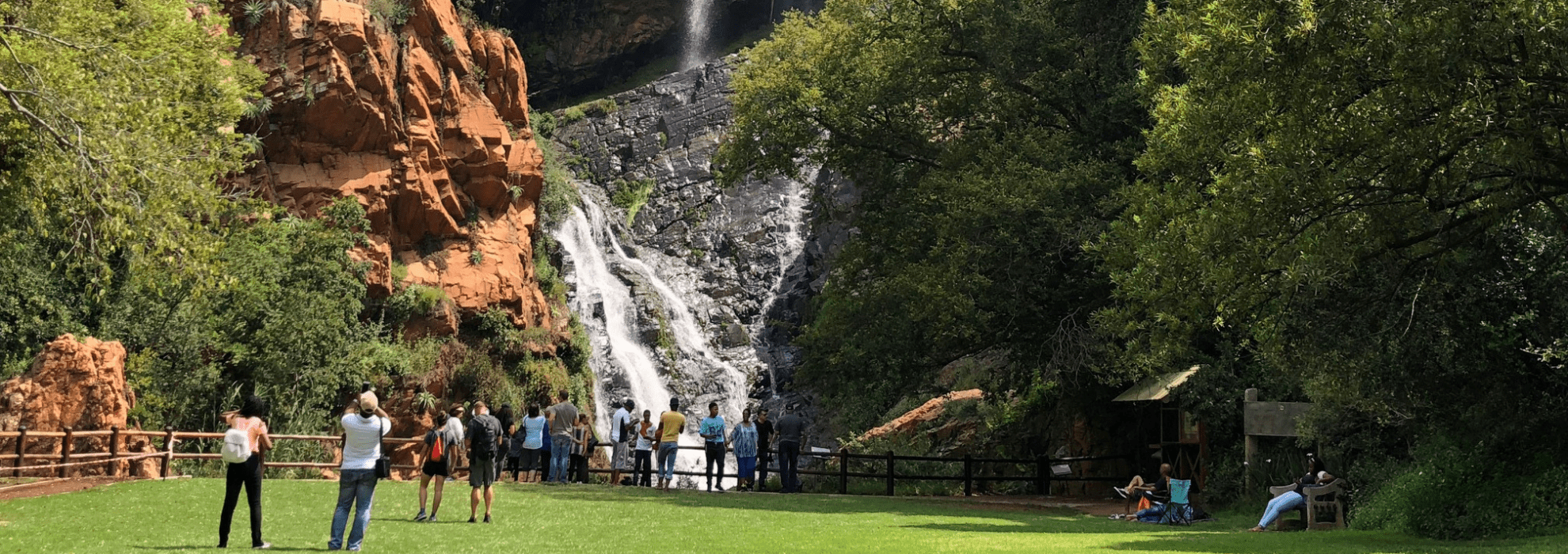The Best Guide To Johannesburg North Attractions
The Best Guide To Johannesburg North Attractions
Blog Article
Some Known Details About Johannesburg North Attractions
Table of ContentsA Biased View of Johannesburg North AttractionsGetting The Johannesburg North Attractions To WorkSome Ideas on Johannesburg North Attractions You Should KnowThe Buzz on Johannesburg North AttractionsThings about Johannesburg North Attractions6 Easy Facts About Johannesburg North Attractions Explained
The city expanded on the edge of the Witwatersrand Key Reef, a subterranean stratum of gold-bearing quartz-silica conglomerate that arcs for hundreds of miles below the Highveld - Johannesburg North attractions. Most of the gold mines in the city stopped operation in the 1970s, however in its day the Witwatersrand gold market accounted for more than 40 percent of the world's yearly gold manufacturing.Johannesburg has a pleasant environment. Summer season temperatures average regarding 75 F (24 C); winter temperature levels balance concerning 55 F (13 C) and just periodically dip below freezing. The city enjoys concerning 8 hours of sunlight daily in both winter months and summer. Rainfall standards concerning 28 inches (700 millimetres) per annum, however the overall varies substantially from year to year.
What rain the city obtains falls nearly exclusively in the summertime months, usually in incredible late-afternoon electric storms., where numerous homeowners still rely on coal for fuel.

Little Known Questions About Johannesburg North Attractions.
The equilibrium of the city is occupied by whites. Accommodation differs in character and high quality. Soweto is well-known for its unlimited rows of municipally constructed, two-room matchbox homes, yet it also has a few flourishing territories in addition to teeming squatter camps, where 10s of thousands live without water, electrical energy, or sanitation centers.
Physical growth, although somewhat restricted by transport, continued rapidly as immigration to South Africa, and Johannesburg in certain, boosted substantially. This issue was solved in the 1930s when the car was presented in mass production to South Africa. Autos were, generally, constrained to the wealthy, and permitted them to relocate to the north of the city and commute right into the centre.
The majority of bad suburbs were combined, with inadequate blacks and whites living together, although the rich suburban areas were normally booked for whites. This changed with the election of the National Celebration in the 1948 political elections, that began to formalise the system called discrimination. Racism officially marked which residential areas each race can live in under the Team Locations Act.
The previous system of eleven numbered areas was reorganised in 2006. Marshalltown, as seen from the top of the Carlton Centre. The M1 and M2 run behind the structures, and the southerly residential areas expand past the freeway boundary. The internal city of Johannesburg is located within the city's Region F. The number of individuals living in the inner city on a casual basis is unknown, as numerous are illegal immigrants. The joblessness, education, and age accounts of the area are all unknown, due to the trouble of getting dependable details regarding the area.
Not known Facts About Johannesburg North Attractions
Yeoville and Bellevue have a mix of apartment and solitary residential systems on tiny whole lots. The area lies on a hilly divide that runs from east to west. One of the most obvious geographic feature is Observatory Ridge, which is named for the big observatory located on it. The leisure rooms are no more used, because of protection troubles.

Unknown Facts About Johannesburg North Attractions
The eastern residential investigate this site areas are some of the oldest areas of Johannesburg, there are big areas of Jewish and various other European backgrounds, the majority of the population is English speaking. There are helpful resources three golf programs as well as a number of secured ridges with viewsites.
The area is mostly composed of old "matchbox" homes, or four-room residences constructed by the government, that were built to offer low-cost lodging for black employees throughout discrimination. Soweto is an acronym, representing "South Western Townships". Street after road in this field is lined with matchboxes; however, there are a few smaller sized locations where prosperous Sowetans have actually built houses that are more comparable in stature with those in more wealthy residential areas.
Hostels are an additional noticeable physical attribute of Soweto. Initially developed to house male migrant workers, many have been boosted as dwellings for couples and families. The N1 Western Bypass skirts the eastern boundary of Soweto. The residential area was not historically allowed to create work centres within the area, so nearly all of its citizens are commuters to other components of the city.
The Single Strategy To Use For Johannesburg North Attractions
The household locations in the north suburbs are mainly official, with no considerable locations of casual real estate, or housing that does go to website not have a permanent structure. This is a well-known area, there is a fad of land use adjustment from household to industrial, specifically along primary arterial roadways and around recognized nodes.
The location is well attached to road networks, especially along the north-south axis formed by the M1 and N1. Roadways to the east and west are less well established, as there are no highways taking a trip in that direction. Towards the north border of the city, the thickness of growth decreases, leaving big locations of primitive land around Midrand.
Johannesburg North Attractions Fundamentals Explained
The initial residential area to the north of the central city is Parktown, which lies on a hillside overlooking the central city and Hillbrow. It has numerous affluent homeowners and Edwardian-design estates, in addition to the Education and learning and Medical universities of the College of the Witwatersrand. The large concrete Charlotte Maxeke Johannesburg Academic Healthcare Facility dominates the skyline of Parktown.
Report this page